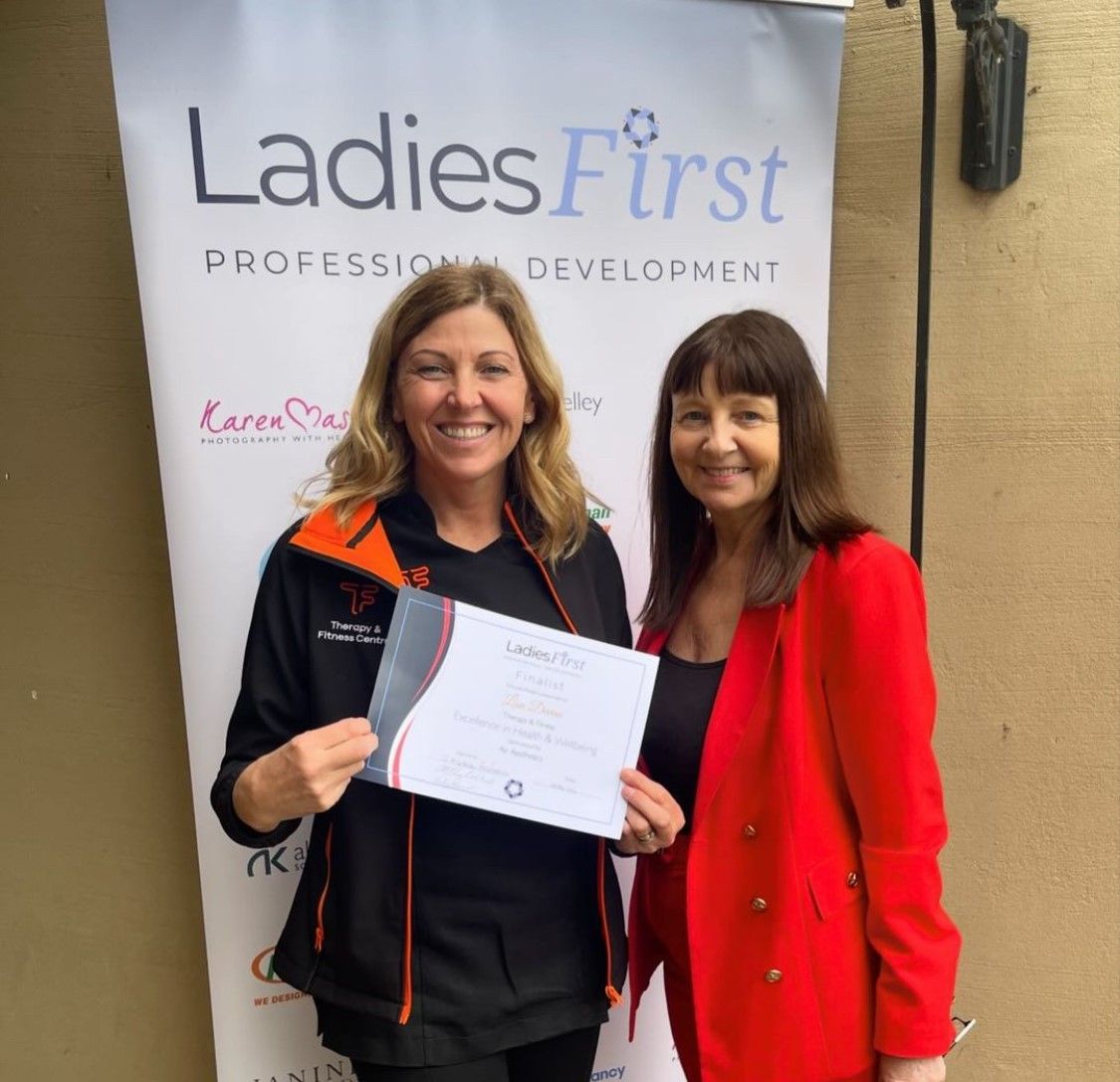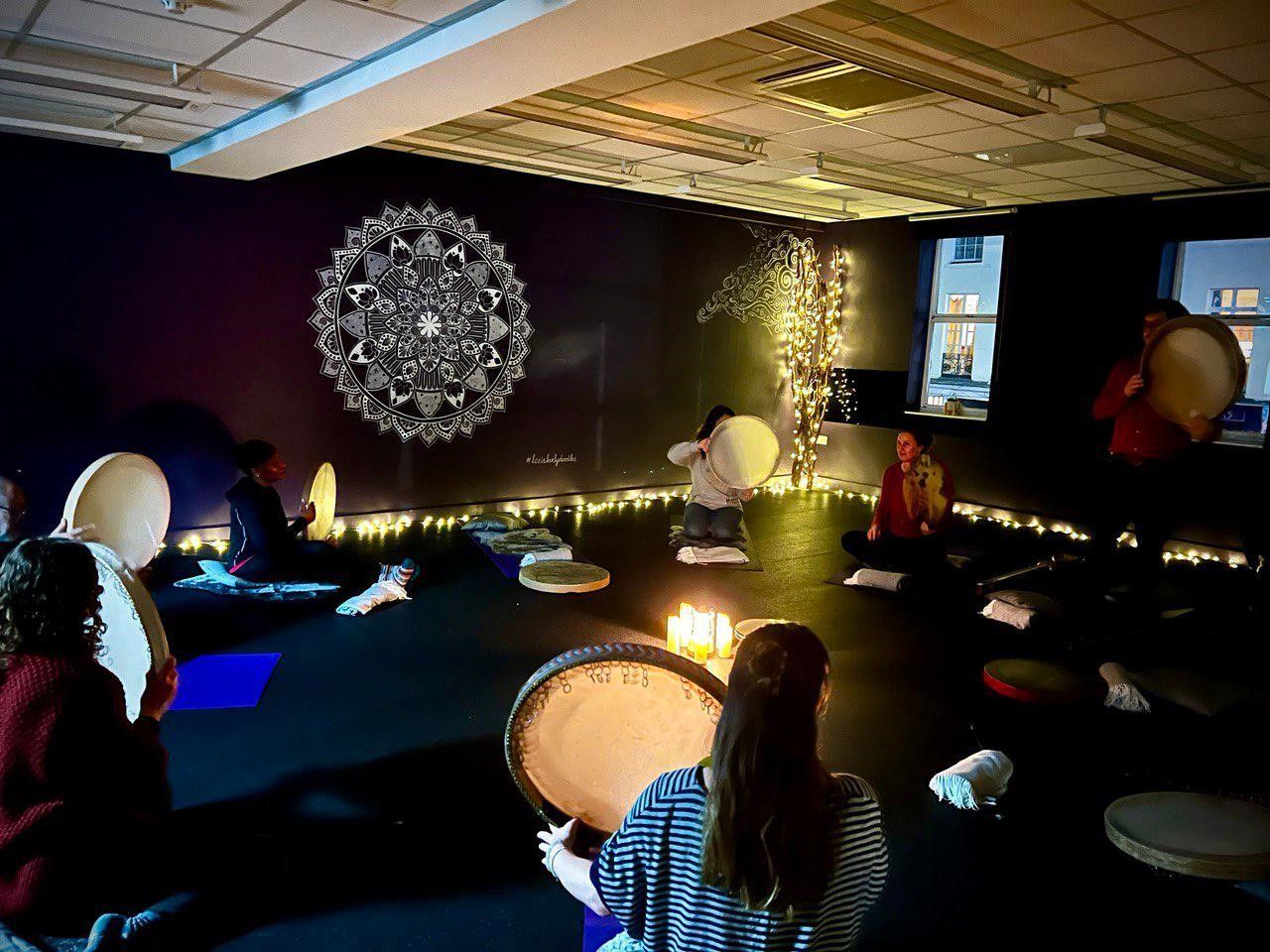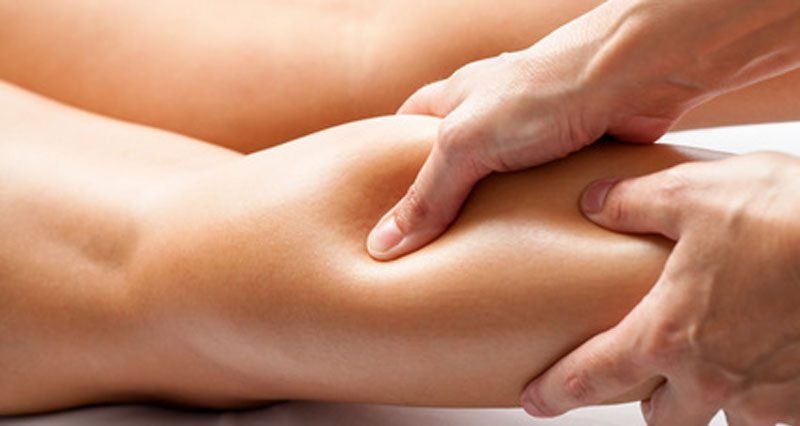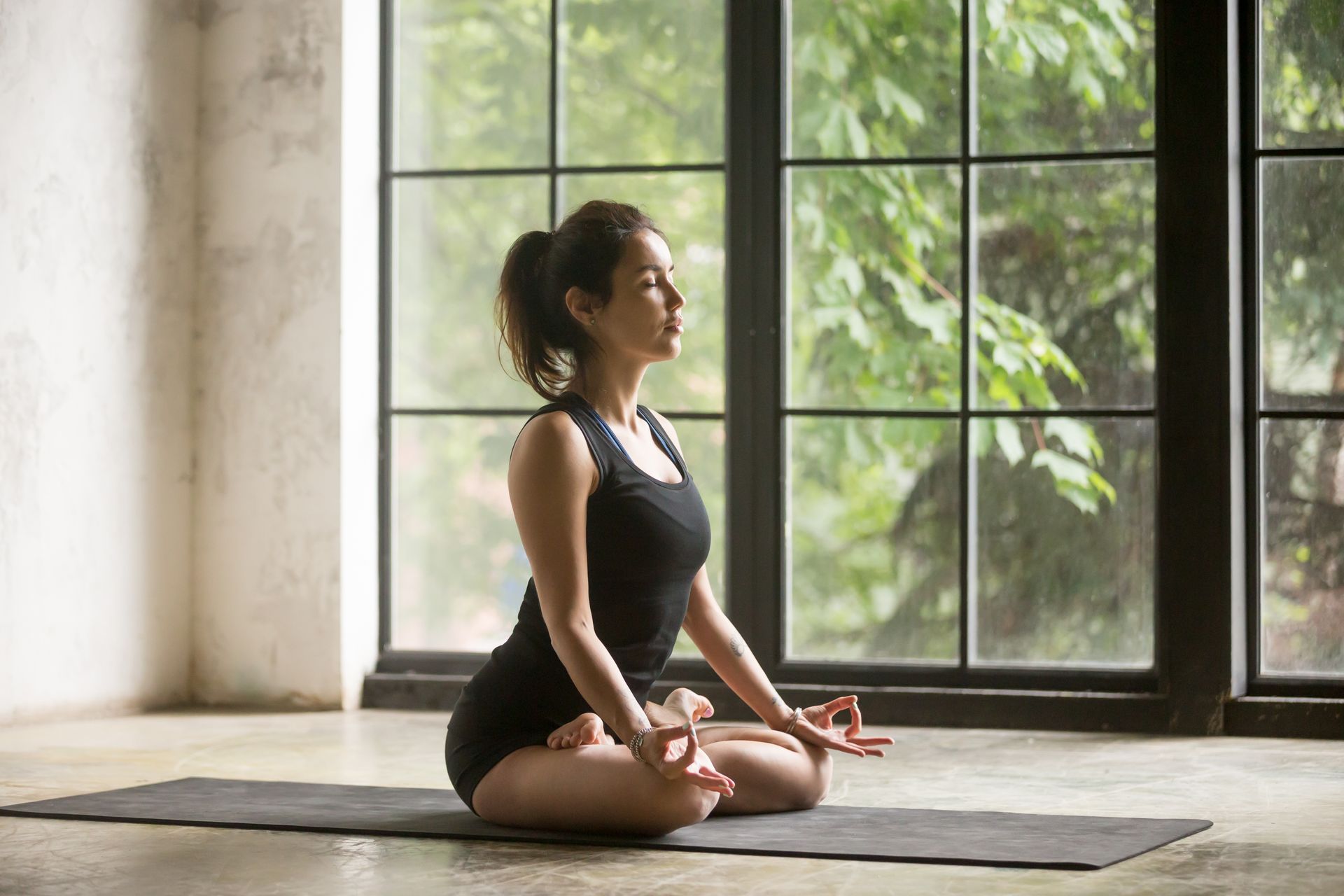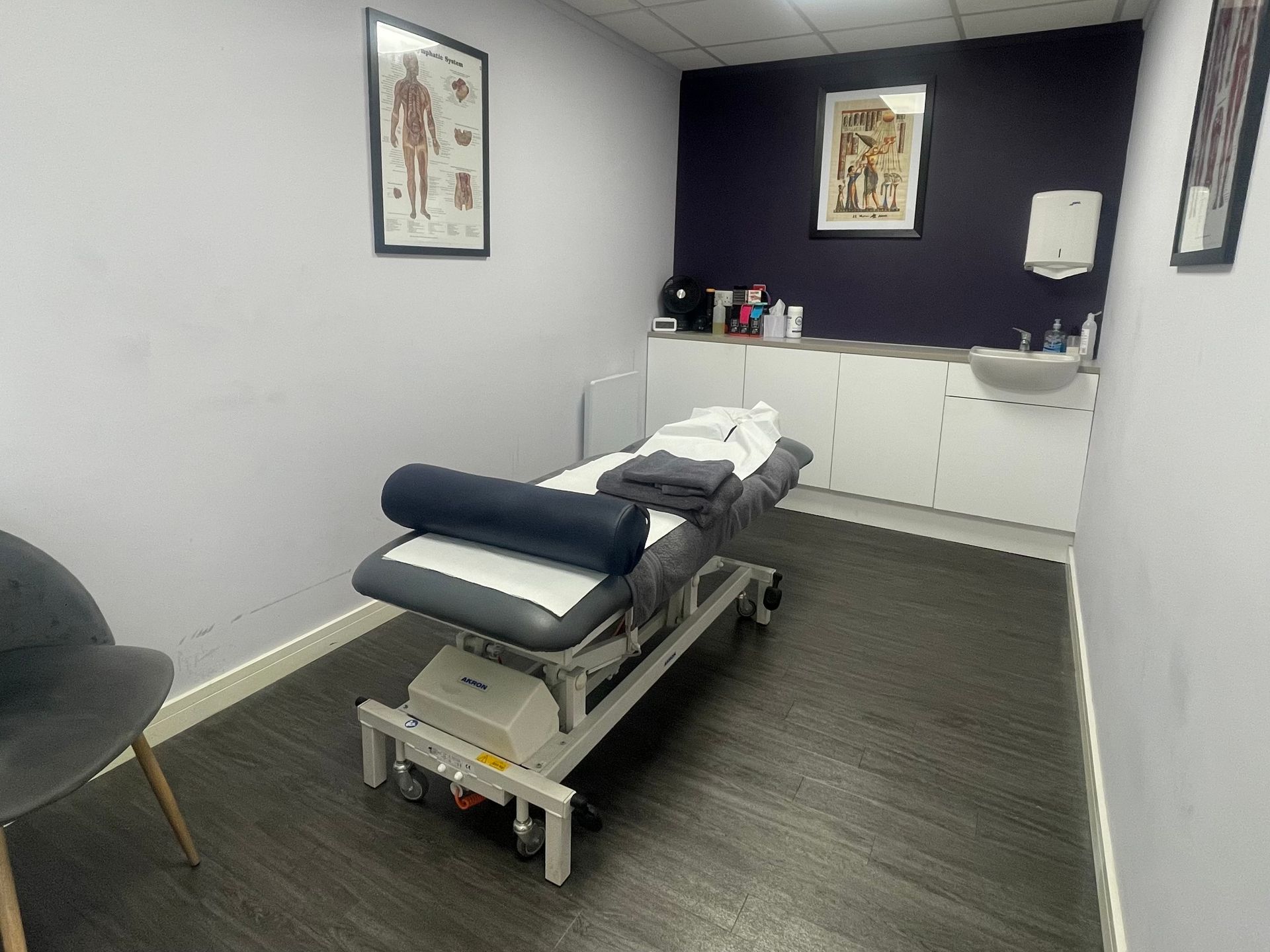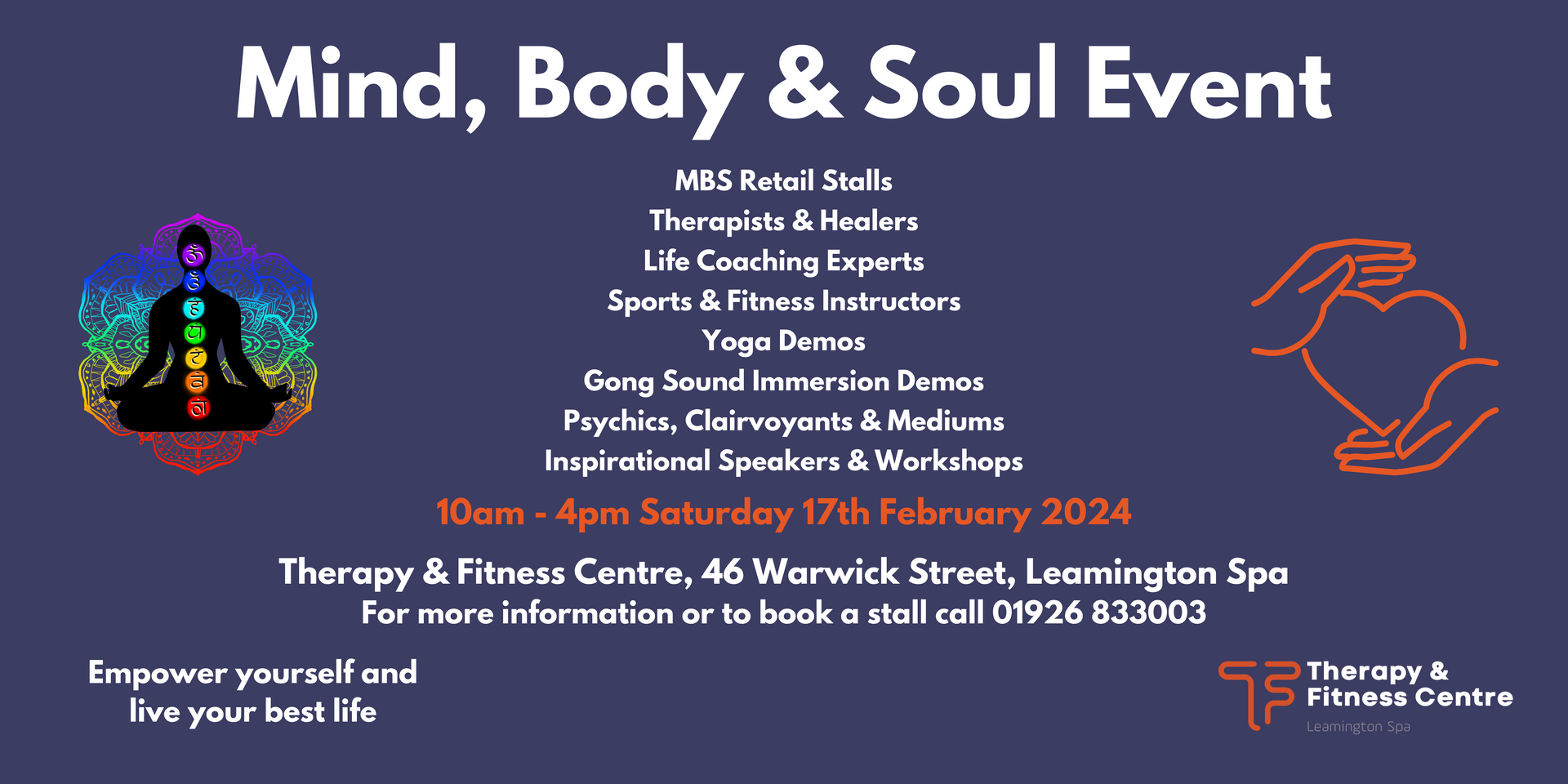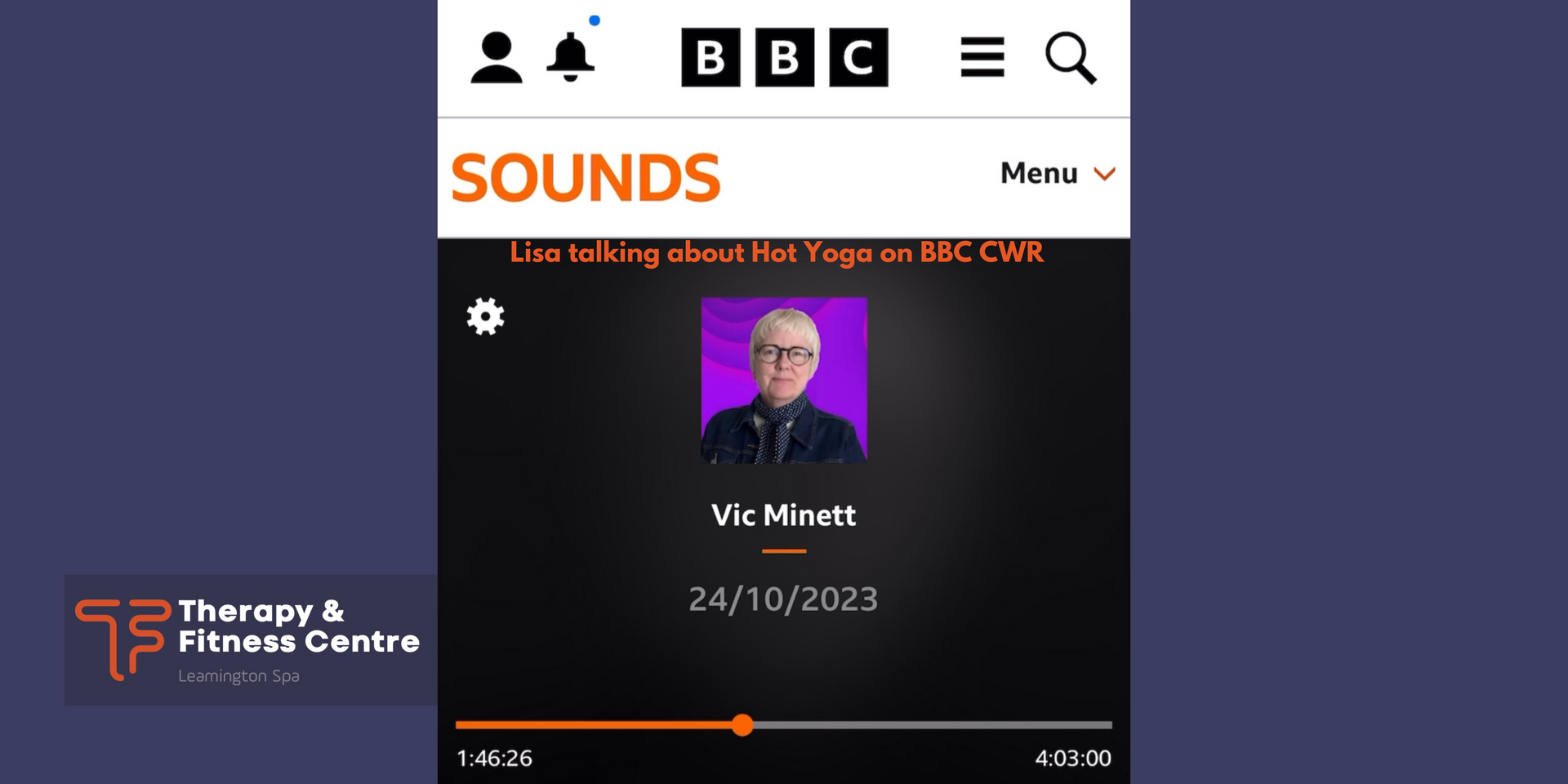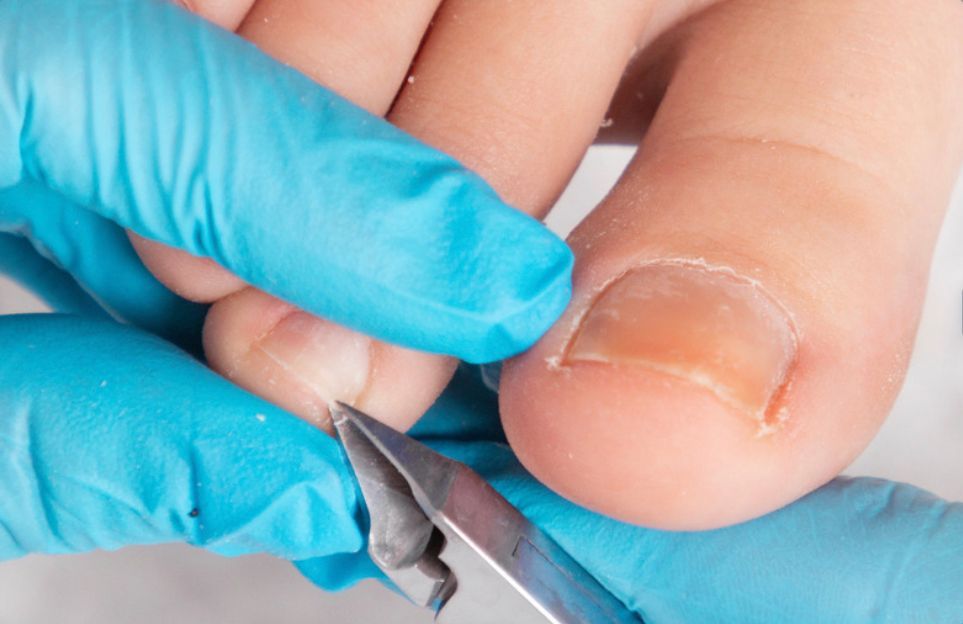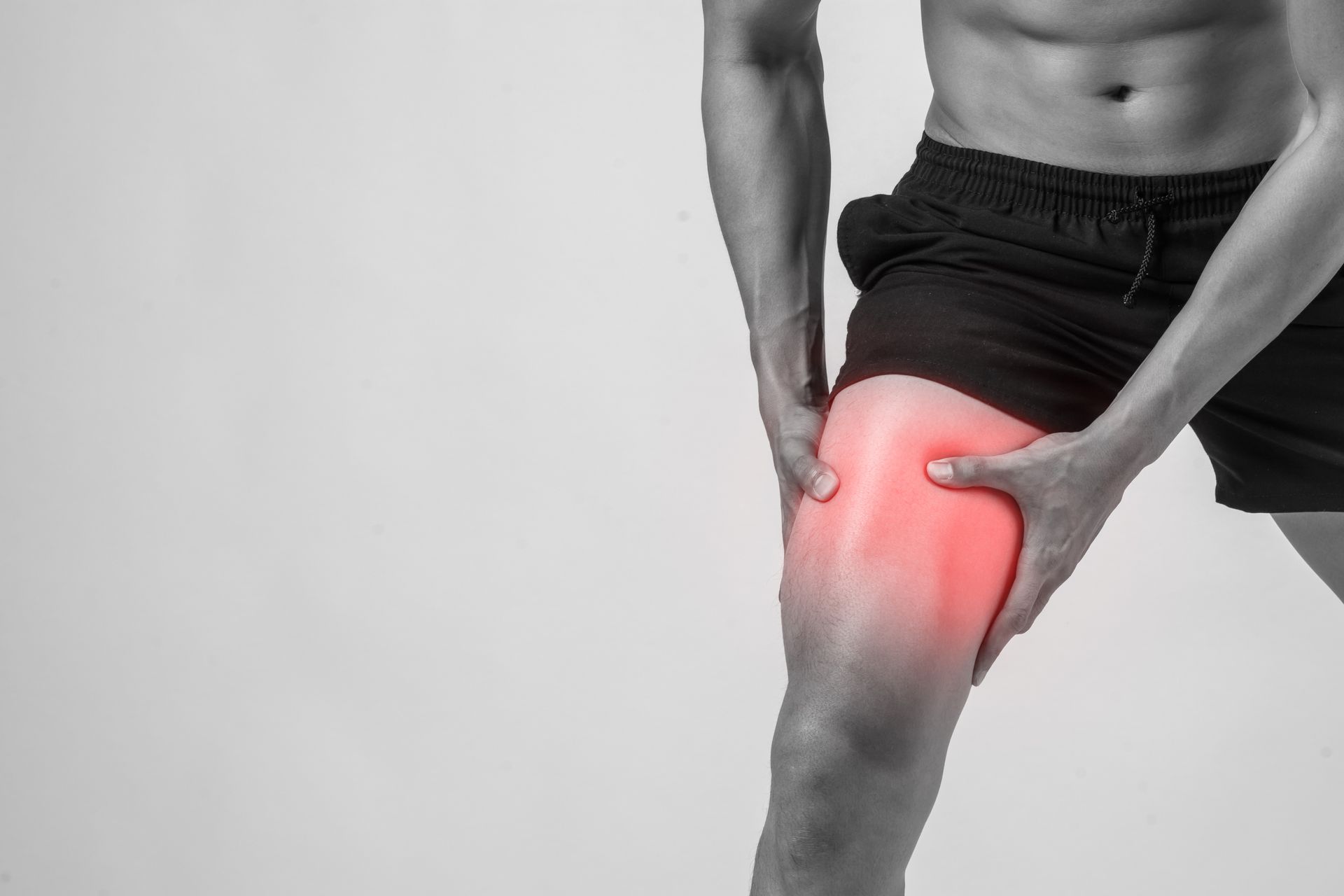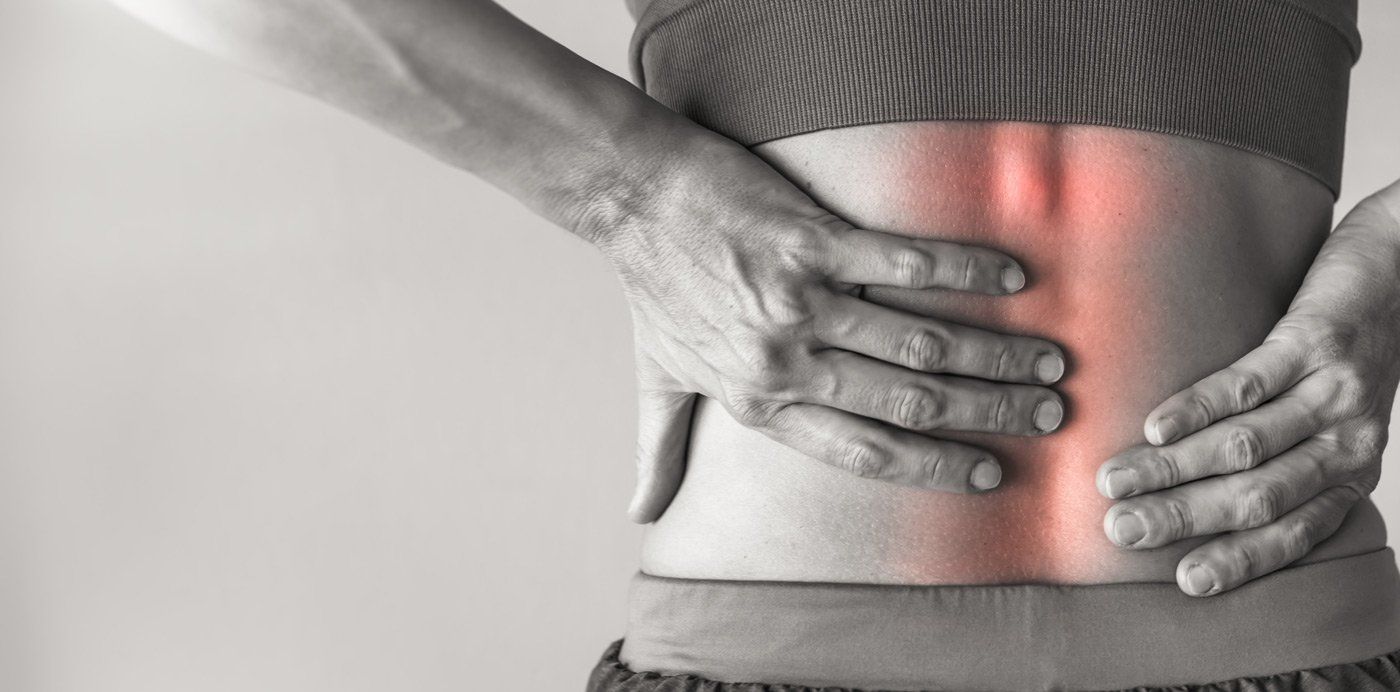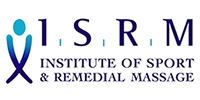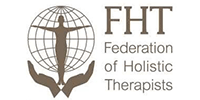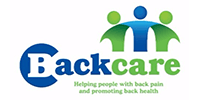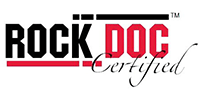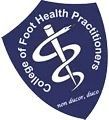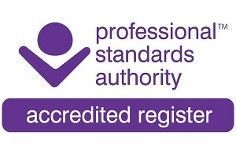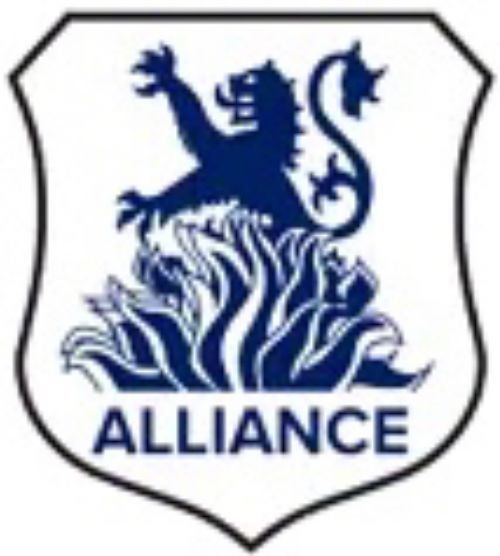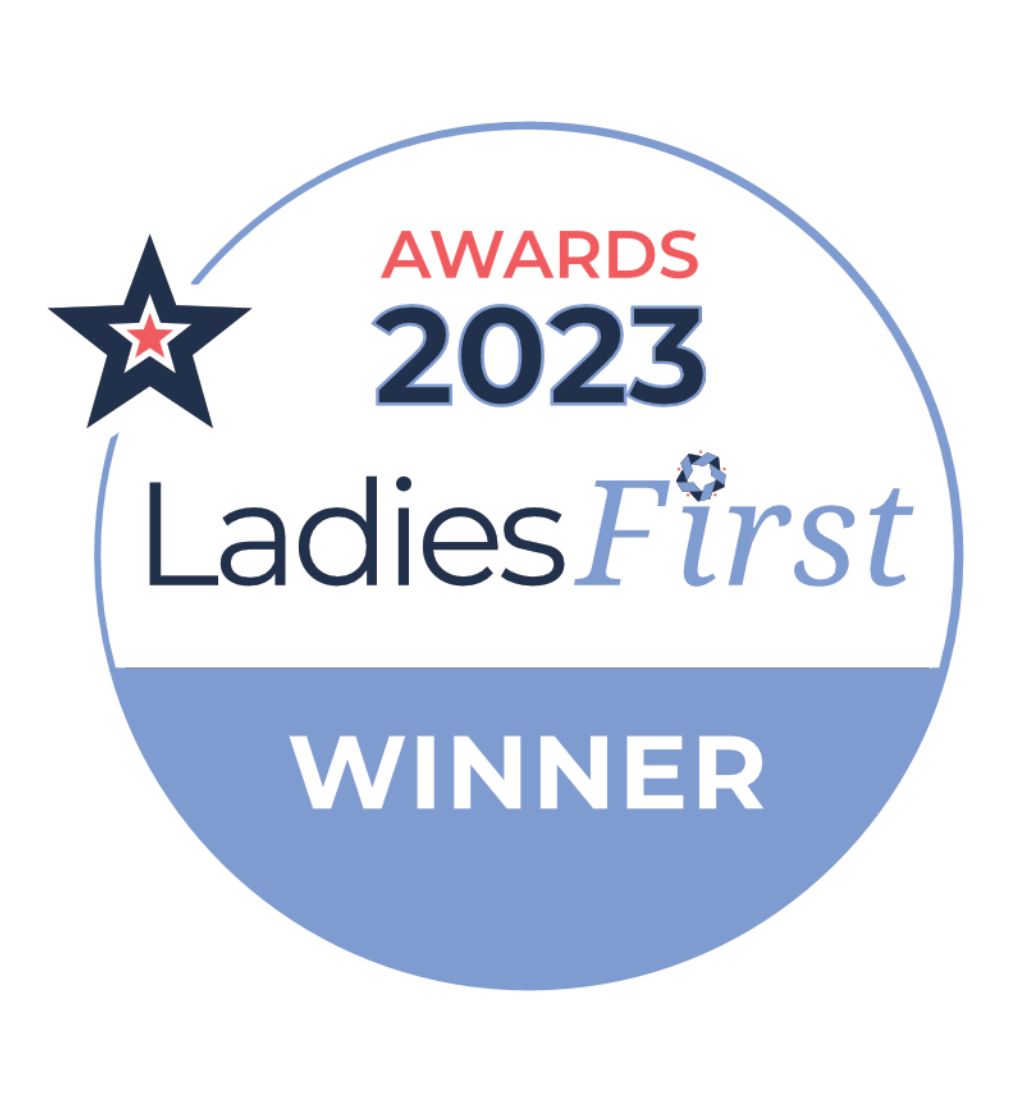How to Relieve Tension in Your Neck
Most of us will experience neck tension at some point during our lives. This can be for any number of reasons, but the discomfort it causes can often disrupt your daily activities.
At Therapy and Fitness Centre, we often see long term tension caused by poor habits, stress and chronic injuries that can be relieved from the comfort of your own home. So we’ve put together a guide on how you can ease, prevent and eliminate long-term neck tension before it progresses.
What causes neck tension?
Tension can be caused by a number of reasons but the main reasons you may be experiencing tightness in your neck are:
- Poor posture
- Stress
- Injury or strain
- The process of ageing
How to relieve neck tension
Adjust your posture
Poor posture caused by sitting at a desk, hunching your shoulders or ‘text neck’ are the main causes of neck tension.
How to improve posture when sitting:
Keep your monitor at eye level
Invest in an ergonomic office chair with adjustable back, arm and lumbar support
Use a standing desk
Sit on your sitting bones and avoid leaning forward
Adjust the format of your screen so you don’t have to slouch to read it
Take movement breaks every hour
How to improve posture when standing:
- Keep your shoulders and neck relaxed
- Stand with your feet hip width apart
- Tuck in your abdomen
- Balance your weight evenly
- Hold your head in a neutral position
- Relax your knees
For more information, visit our guide: How to Improve Posture.
Apply heat
Heat therapy dilutes the blood vessels in your neck, which increases oxygenation to the area. This can loosen your muscles.
Heat can be applied using:
- A hot shower or bath
- Use of a heat pack, gel or heat wrap
- Warm damp cloth
- Heating pad
- A hot water bottle
- Hot Stone Massage
At Therapy and Fitness Centre, our Hot Stone Massage Therapy Treatment is designed to deeply relax muscles and soothe tension through a combination of massage techniques and heat therapy. A treatment tailored to you, just one stroke from Basalt stones can undo days worth of tightness.
Neck Stretches
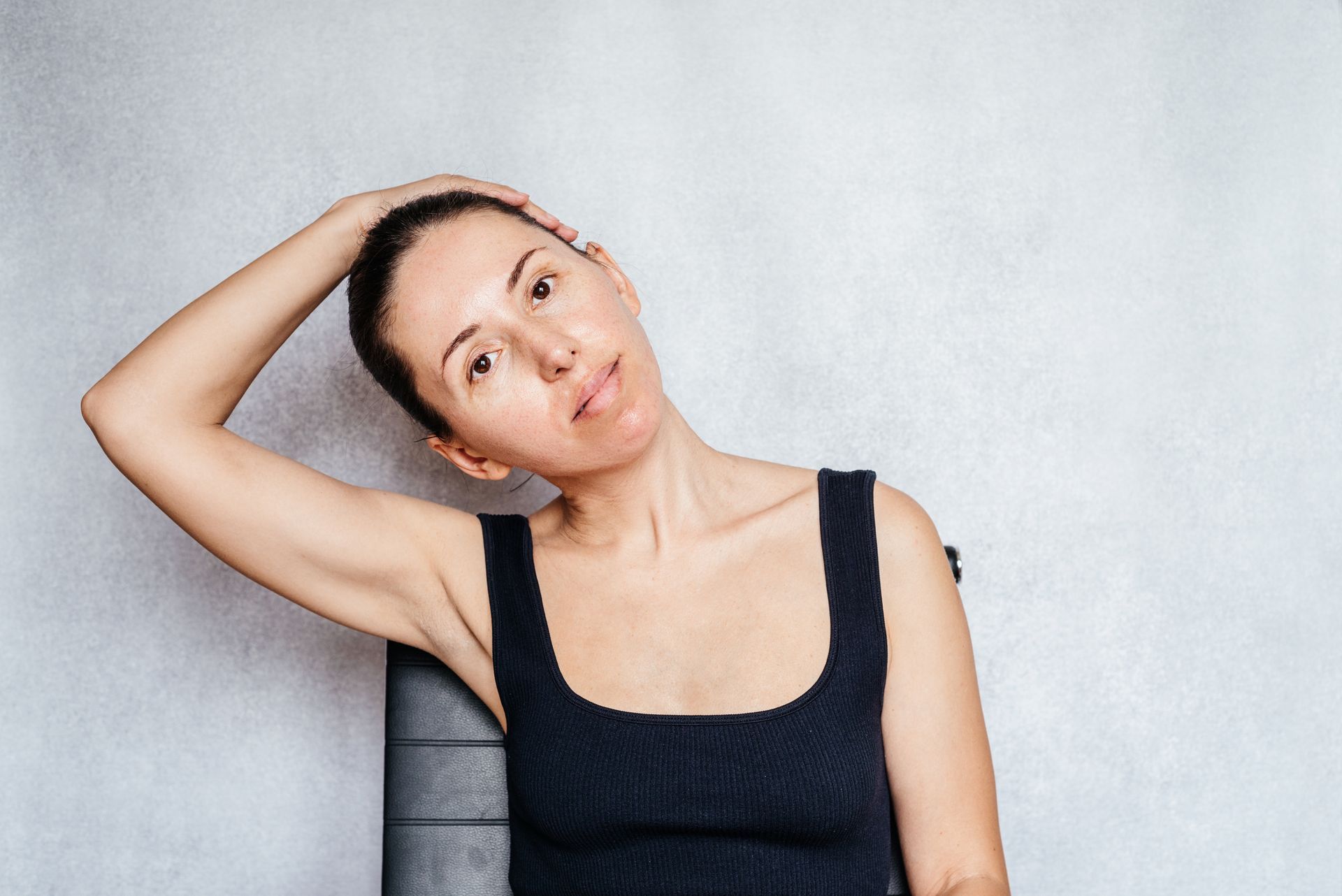
Chin Tuck
- Sit in a chair with your back straight
- Make sure you actively draw your shoulder blades together to keep the posture throughout the stretch
- Slowly drop your chin to your chest
- Gently twist your head towards one shoulder
- Pause for a few deep breaths
- Repeat on the other side
- Complete this movement 10 times
Nose Circles
- Sit in a chair with your back straight and elongate your neck
- Make sure you actively draw your shoulder blades together to keep the posture throughout the stretch
- Tilt your head towards the ceiling as far as is comfortable
- Pretend you are drawing a giant circle with your nose, stretching your neck gently as you form an arc towards one shoulder, down to your chest and then up to your other shoulder
- Repeat this movement 10 times
- Alternate the direction and repeat 10 times going the other way
Ear to Shoulder
- Sit in a chair with your back straight and elongate your neck
- Make sure you actively draw your shoulder blades together to keep the posture throughout the stretch
- Tilt your head to one side, bringing your ear to your shoulder
- If you need a deeper stretch, gently rest one hand on your upper ear. Be careful not to apply any pressure
- Pause in this position for a few deep breaths
- Repeat on the other side
Yoga
Yoga is designed to make you think more consciously about your body whilst relieving any stress or tension you are feeling.
These exercises will help you stretch the muscles in your neck and upper shoulders to create space and help oxygen flow more freely to the areas.
Seated Cat Cows
- Sit cross legged on the floor with your back straight
- Place your hands on your knees
- Inhale as you push your chest forwards, actively drawing your shoulder blades together
- Then as you exhale, round your body backwards so your shoulders are hunched and your neck bends forwards
- Repeat this cycle of movement up to 10 times
Seated Twist
- Sit cross legged on the floor with your back straight
- Position the outside of your left hand to the outside of your right knee
- Place your right hand on the floor behind your back
- Gently twist your body to the right, keeping your head straight
- Try to relax your body further into the stretch every time you exhale
- Remain in this position for 5 breaths
- Repeat on the other side
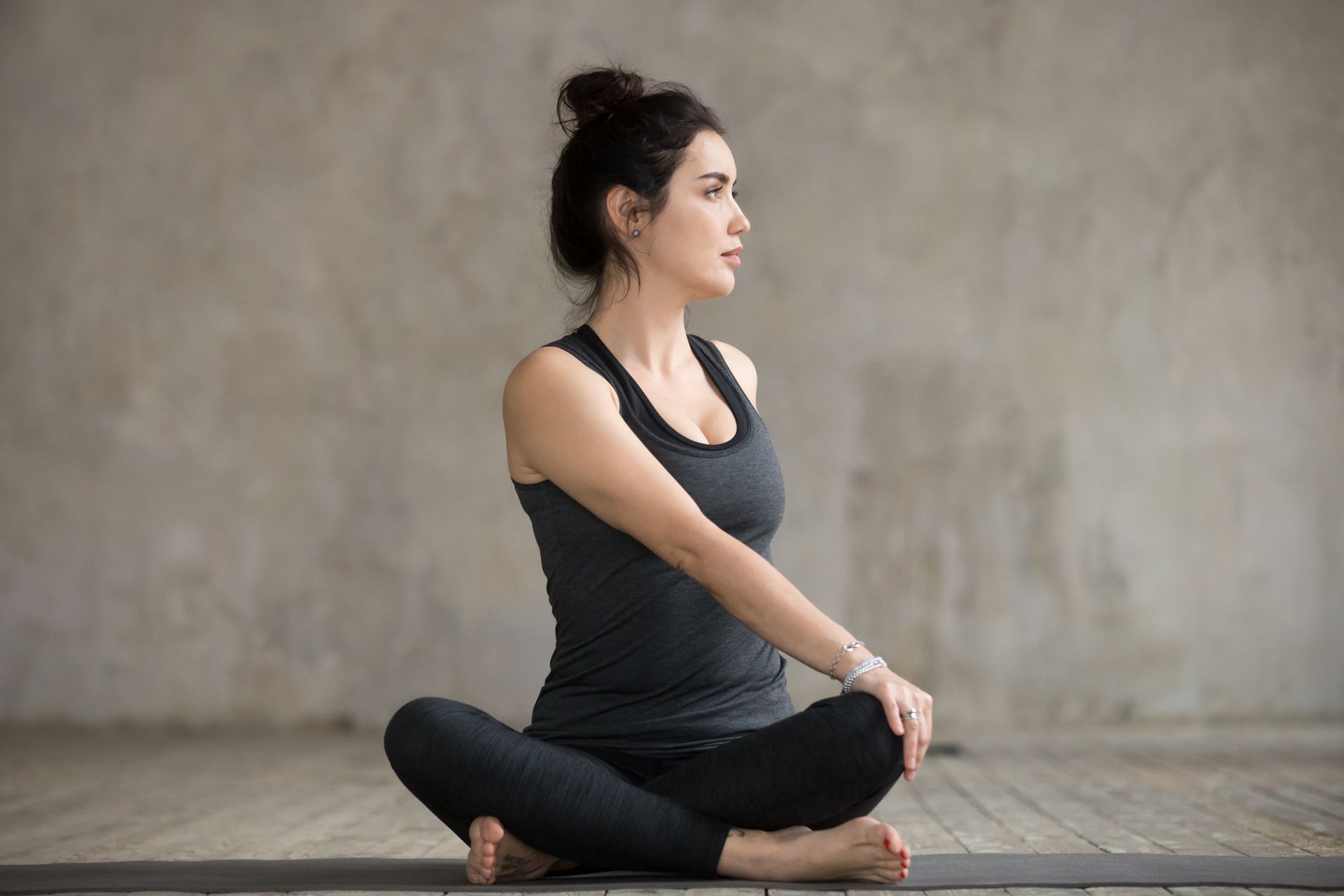
xEagle Arms
- Sit cross legged on the floor with your back straight
- Extend your arms wide to the side of your body
- Bring them back to centre, positioning your left arm beneath your right arm
- Twist your left arm around your right arm until the fingertips press into your right palm
- If your shoulders feel too tight, you can place your hands on your shoulders so that your left arm presses against your chest and your right elbow rests over your left elbow
- From here, raise your arms in the air slightly and then lower them down. You should feel a stretch across the bottom of your shoulders
- Hold this position for 5 breaths
- If your arms are in the eagle shape, raise them back up to shoulder height and bend your chin towards your chest
- Hold this position for 5 breaths
- Release slowly and repeat the movements alternately
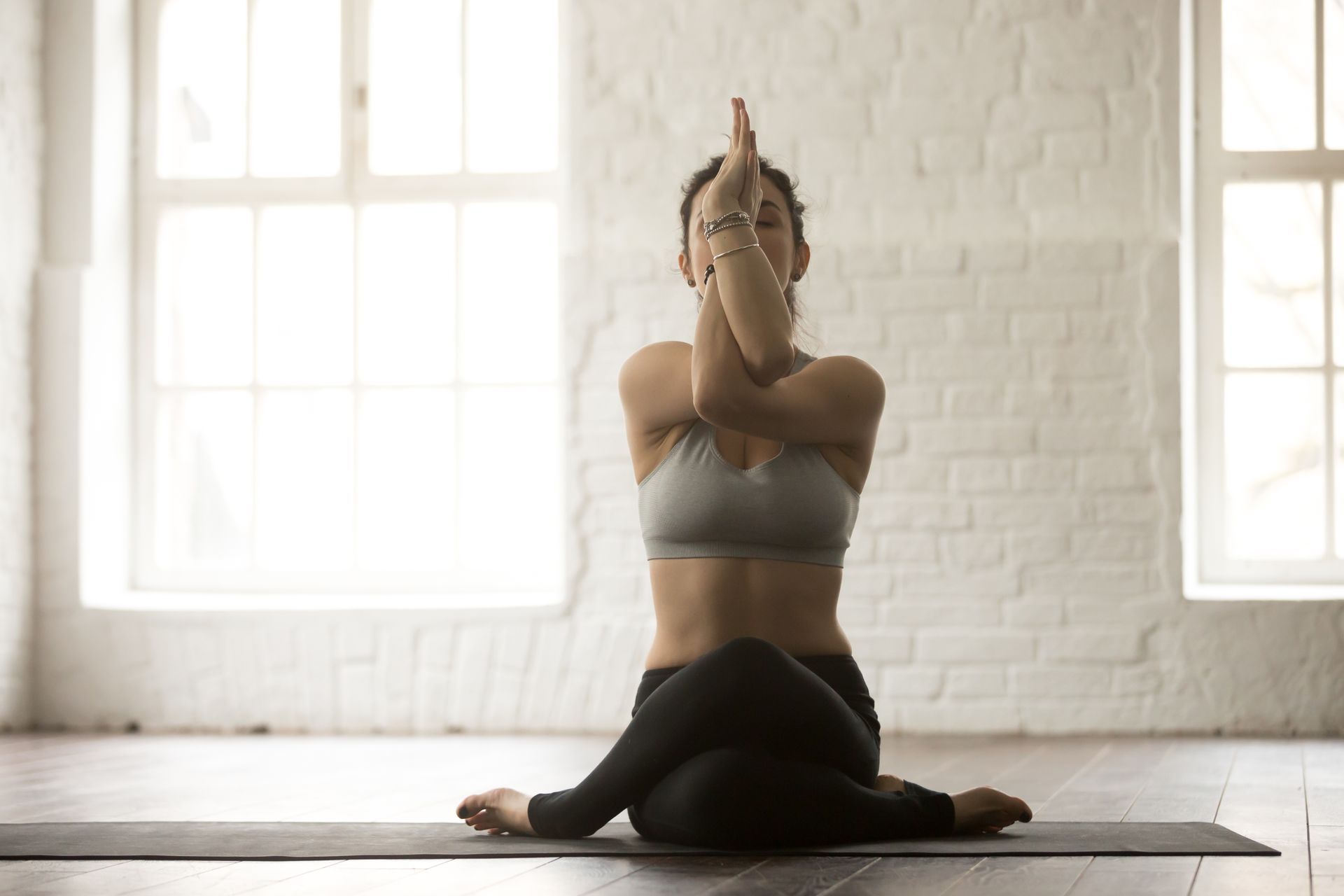
Child’s Pose
- Position yourself on your knees
- Walk your hands forward until your chest and forehead press into the ground
- Relax your arms over your head
- Hold this position for 10 breaths
- If you’d like a deeper stretch, tilt your head so that your chin is placed to the ground
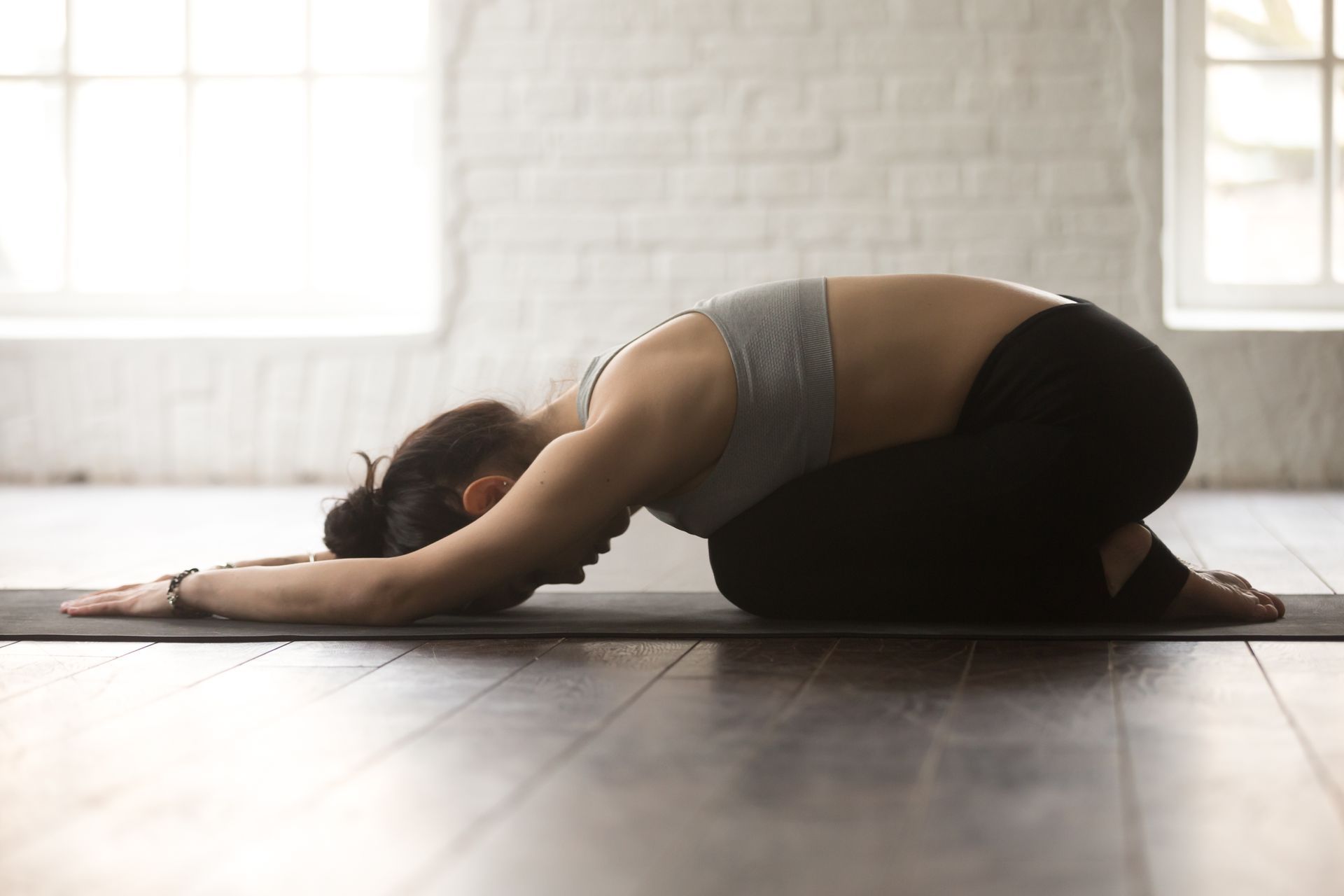
For guided practice through these exercises, try Yoga with Adriene’s Yoga for Neck Tension videos on Youtube that incorporates variations of neck relief exercises for all ability levels.
Visit a professional
If your neck pain isn’t improving, then you may need to visit a chiropractor, GP or professional therapist to prescribe the best treatment for your tension.
At Therapy and Fitness Centre, we specialise in massage therapy. It is our mission to remove tension from your body, whether it is caused by stress, poor posture or a recent or chronic injury. Our treatments include a wide range of physical therapy options including Hot Stone Massage, Acupuncture and Sports Massage to relieve your neck tension.
Simply contact us today to book your appointment at our therapy centre in Leamington Spa.
Sign up to our newsletter to receive a £5 voucher towards the cost of your first treatment.
01926 833003 |
info@therapyandfitnesscentre.co.uk
